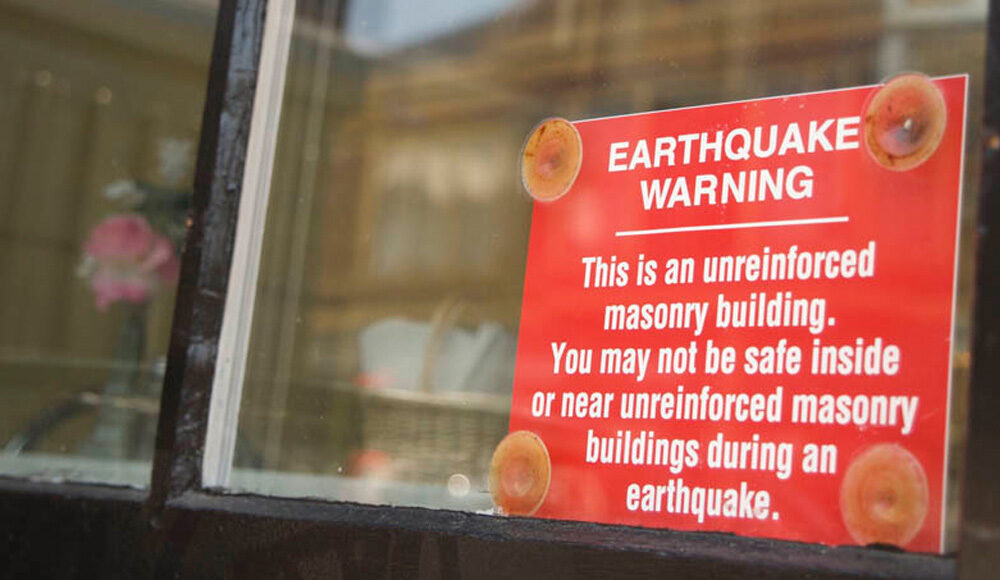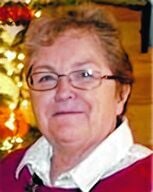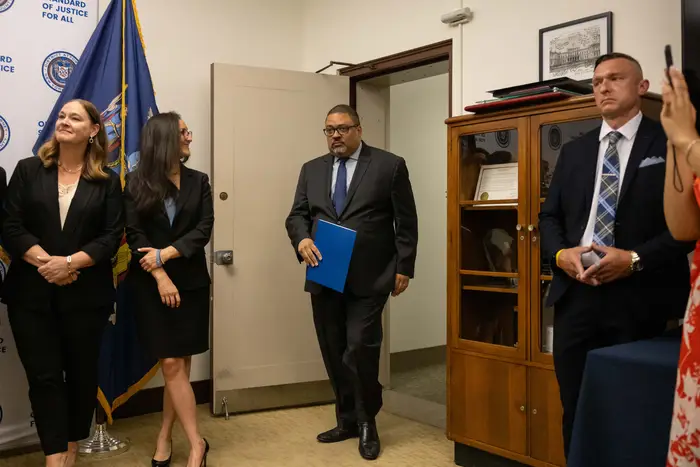UPDATE: Recent insights from Lori Dengler, an expert in geology at Cal Poly Humboldt, have reignited the conversation on earthquake preparedness as the annual ShakeOut drill approaches. This year’s event underscores critical lessons from past tremors that can save lives today.
On December 21, 1954, a powerful earthquake shook California, injuring residents like Mrs. Hess in Pepperwood and Jeannie Thompson at the Scotia Inn. Both women suffered injuries from falling as they rushed outside—a tragic reminder of the dangers associated with instinctive reactions during tremors.
Dengler’s recent research highlights a startling statistic: moving during an earthquake significantly increases the risk of injury. An analysis of past quakes, including the devastating 1994 Northridge earthquake, revealed a clear correlation—those who remained still were less likely to get hurt. The data shows that individuals moving beyond a few feet were at greater risk of being struck by falling objects or tripping over debris.
The emotional weight of these stories is palpable. In a particularly tragic incident, a mother in Rancho Cucamonga suffered a fatal injury while rushing to her baby during the Northridge earthquake, despite the mild tremors felt in her area. Such incidents illustrate the urgent need for education on appropriate responses during earthquakes.
California’s commitment to earthquake resilience has evolved since the catastrophic 1933 Long Beach earthquake, which resulted in over 115 deaths and widespread damage. The Field Act was enacted shortly after, establishing building regulations that have since made schools and public buildings across the state far more resilient to seismic activity.
However, Dengler notes that not all structures are equally protected. Many older buildings, especially private schools and urban facilities, remain vulnerable. Current regulations primarily cover K-12 institutions, leaving gaps that could endanger lives during a significant quake.
Recent assessments, including those by the California Geological Survey, reveal that two-thirds of earthquake-related casualties stem from people fleeing buildings during shaking. With less masonry construction today, the state has made significant strides, yet the risk remains for those in older and unretrofitted structures.
The upcoming ShakeOut event serves as a crucial opportunity to reinforce the message: stay put during quakes. By resisting the instinct to flee, individuals can drastically reduce the need for emergency services and hospital visits post-quake. Dengler emphasizes that while ensuring structural integrity is vital, personal response plays an equally significant role in safety.
As communities prepare for this year’s ShakeOut, residents are encouraged to review safety protocols, including the importance of remaining in place. The lessons learned from past earthquakes remain relevant, and through education and preparedness, California can continue to improve its resilience against future seismic events.
Residents are urged to participate in the upcoming ShakeOut drill, reinforcing safety practices that could save lives. For more information on earthquake preparedness, individuals can contact Lori Dengler directly at 707-826-6019 or via email at [email protected].
Stay safe, stay informed, and remember: in an earthquake, staying put can save your life.







